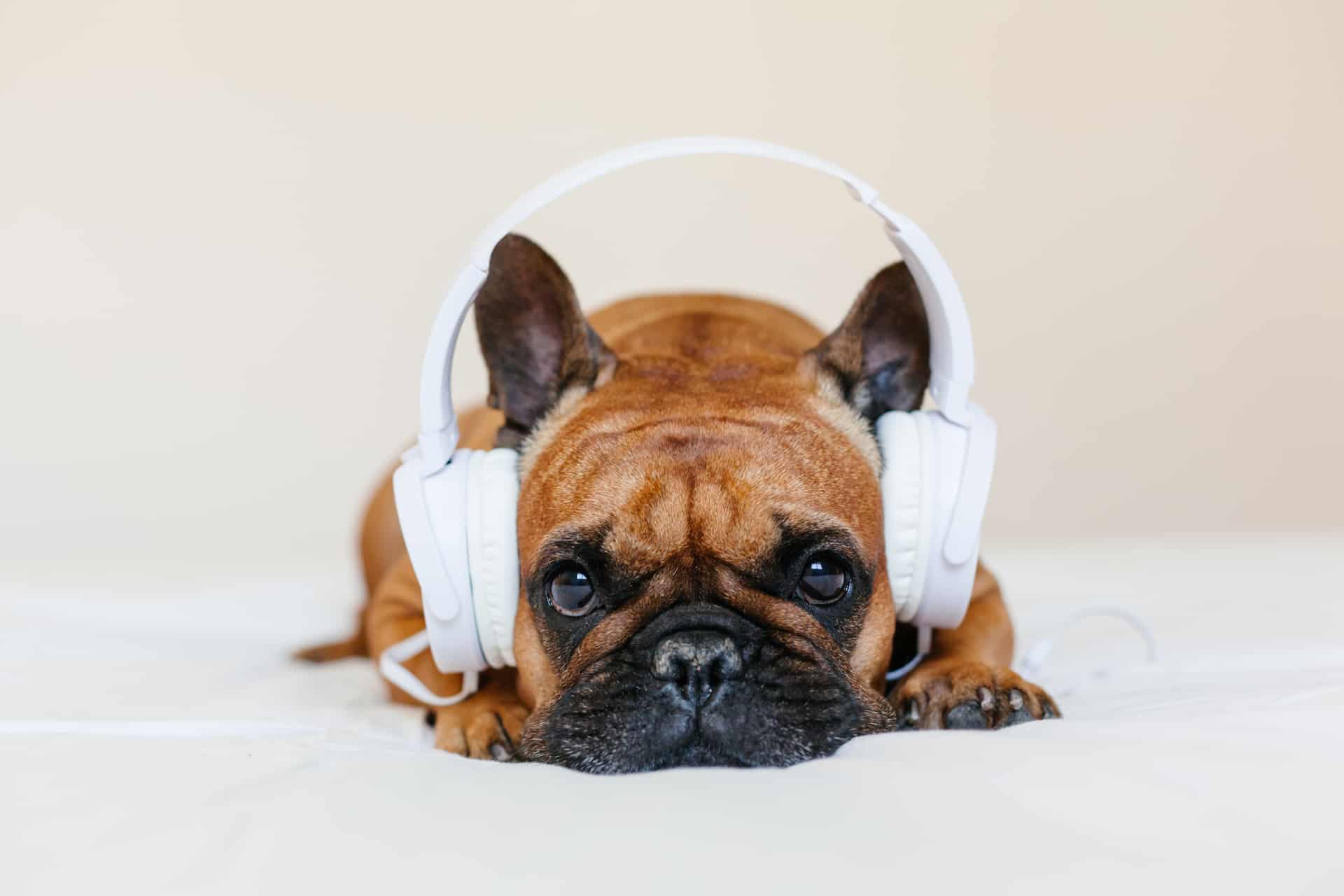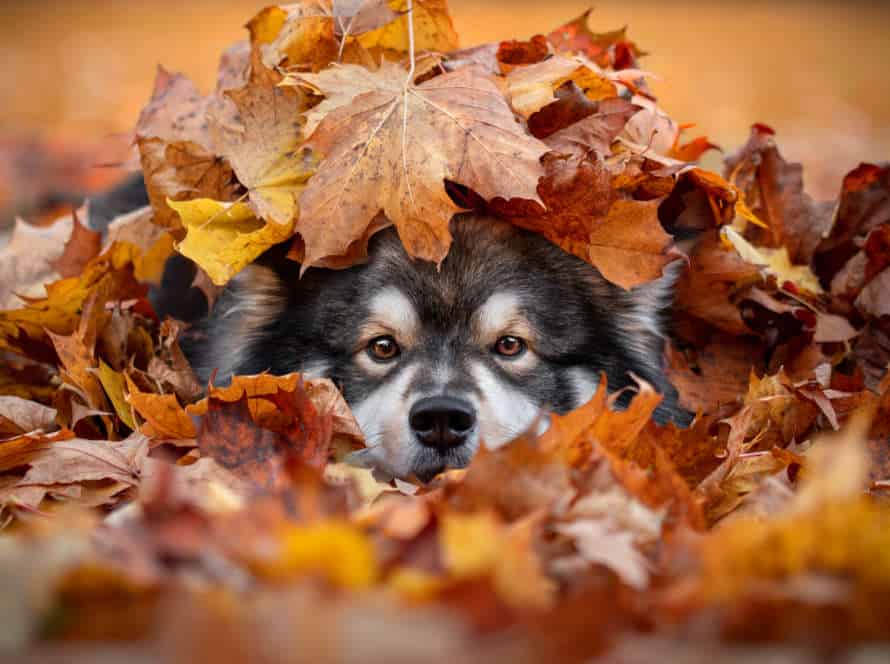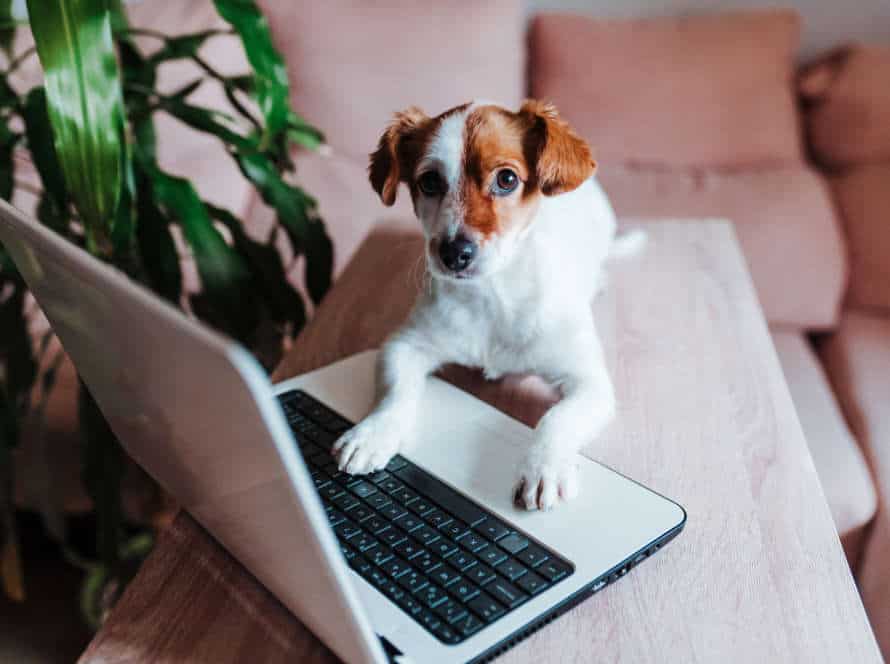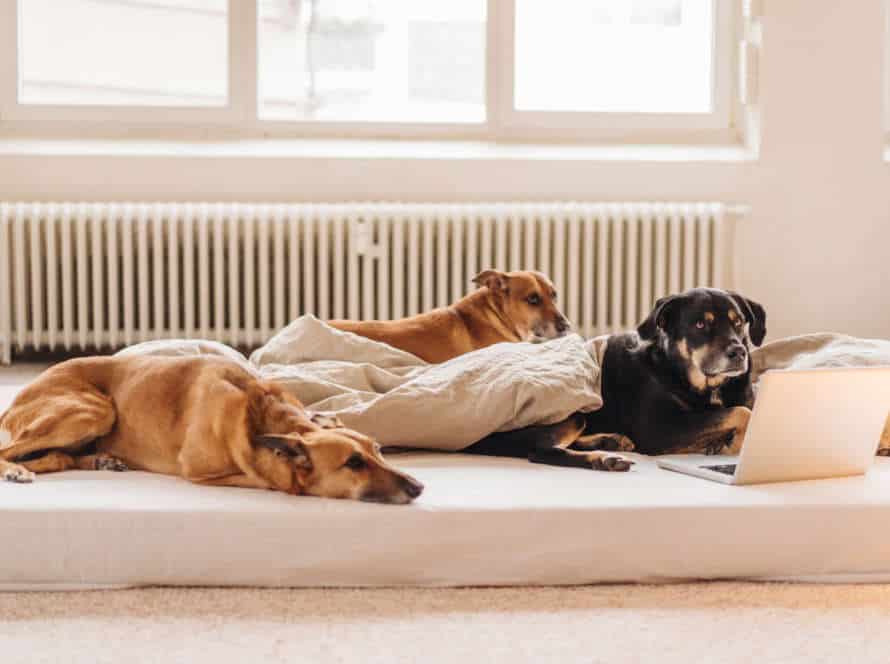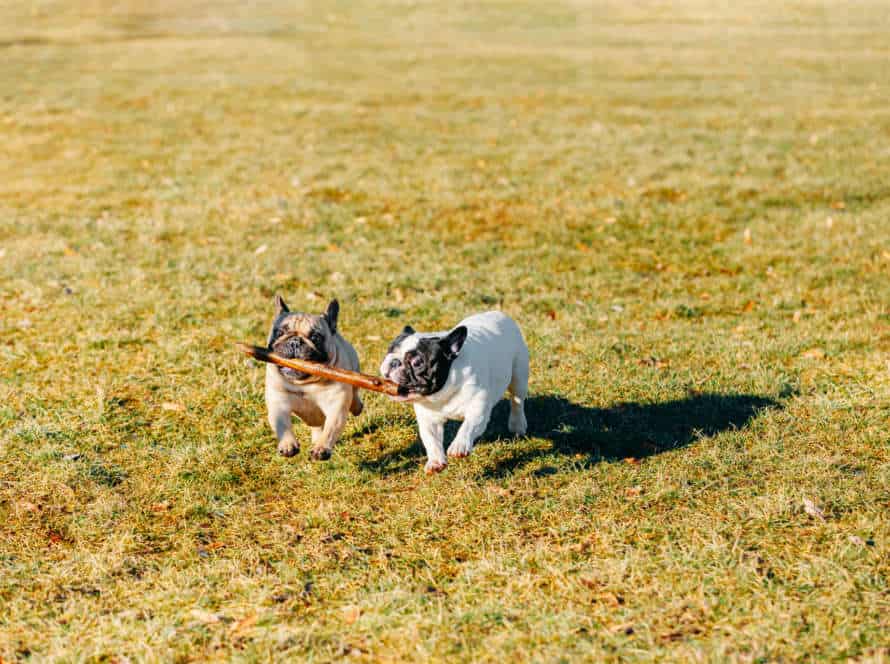Exposing Your Puppy to New Sounds: A How-To Guide
Exposing your pup to new sounds is a key part of socialization and growth. Here’s a guide to help them get used to sounds in a safe and successful way.
Start easy: Begin with low-level sounds like quiet music or a fan. As they become more comfortable, gradually increase the volume.
Make it positive: Link the sound exposure to something positive. Use treats, praise and gentle playtime to encourage good behavior.
Desensitize: Desensitizing involves giving them the sound at a low volume and slowly raising it until they’re not afraid.
Expert help: If they still act scared or aggressive, seek professional help.
Remember, the goal is to help them feel confident and safe. So take it slow, be patient and relaxed. Pro Tip: Gradually introduce new sounds to their environment and always link it to something positive. That’ll help them stay calm.
Why Introducing Your Puppy to New Sounds is Important
It’s significant to acquaint your pup with new noises. Especially if you’re taking it out and about! This guide will explain why and how to do it properly. By following the correct steps, your pup can learn that unfamiliar sounds are nothing to be scared of. They can even feel safe and comfy!
Benefits of sound exposure for puppies
Introducing your pup to fresh and varied sounds is key for their growth. This can bring huge advantages for their emotional and behavioral wellbeing.
Benefits include:
- Socializing: Showing your pup to new sounds can help them become more comfortable with people, other animals, and strange situations.
- Decreasing anxiety: Introducing puppy to new sounds at an early age can help them develop a tolerance to things like fireworks, thunderstorms, and car alarms that can cause stress.
- Improved behavior: Pups exposed to new sounds often show less destructive behavior and barking from fear or anxiety.
- Cognitive development: Sound exposure can lead to mental stimulation and cognitive development for puppies.
Remember to gradually introduce your pup to new sounds and environments and reward them for positive responses.
The critical period for sound exposure in puppies
Introducing your puppy to new sounds during the critical period of 3-14 weeks is essential for their development and socialization. It can prevent future fearfulness and anxieties.
Here is a how-to guide:
- Pick a range of sounds your pup will come across in their daily life, such as doorbells, sirens, vacuums and car horns.
- Play them at low volume and give treats and praise if they remain calm.
- Gradually increase the volume and duration of the sounds as they get more comfortable.
- Monitor their behavior and stop if they show signs of distress, like excessive barking or trembling.
By following these steps, you can help your pup grow up confident and well-adjusted!
Potential consequences of not exposing your puppy to new sounds
Not exposing your pup to new sounds can have long-term effects on their behavior and health. It may lead to fear, anxiety, and even aggression towards unfamiliar things and people.
Introducing your pup to new sounds during the critical socialization period (2-14 weeks) is key for building confidence and avoiding phobias.
Here’s a guide for exposing your pup to new sounds:
- Start with low-volume, non-threatening sounds, such as classical music or bird songs, for short periods.
- Gradually increase duration and volume. Expose pup to a range of noises, including traffic, fireworks, and thunderstorms.
- Connect the sounds with positive experiences like treats or playtime to build positive associations.
- Don’t overwhelm your pup with too many sounds at once.
Crazy Tip: To get the best results, expose your pup to sounds of different pitches, volumes, and origins.
How to Introduce Your Puppy to New Sounds
Introduce your pup to new sounds! It’s a great way to make them more well-rounded and confident. Get them used to hearing different noises. This will lessen their fear of strange sounds.
Here are some tips for introducing your puppy to new sounds. Enjoy!
Identify and compile a list of sounds to expose your puppy to
Creating a list of safe and appropriate sounds for your puppy is important. Here’s a few to start with:
- Household appliances like vacuums and blenders.
- People talking/laughing.
- Cars driving by and honking.
- Fireworks, thunder, and lightning.
- Animals such as birds, cats, other dogs barking.
Gradually expose your pup to these sounds in a controlled and positive setting. Begin softly and increase the volume over time as they become more comfortable. Treats and praising will create a happy and safe atmosphere. Pro tip: Always supervise your pup during sound exposure and stop the activity if they look scared or overwhelmed.
Create controlled exposure sessions for your puppy
Creating controlled exposure sessions for your pup is an effective way to introduce them to new sounds. Here’s how to do it:
- Choose a sound, like car horns, people talking loudly, or fireworks.
- Set the volume low, and gradually raise it.
- Observe your pup’s behaviour. If they look anxious, turn down the volume or take a break.
- Reward your puppy with treats and praise when they stay calm.
- Do this with different sounds, and increase the volume as they get used to it.
With time and patience, your pup will become more resilient to noises in their environment.
Gradually increase the intensity and variation of sounds during exposure sessions
When introducing sounds to your pup, it’s vital to have a steady increase of intensity and variety. This could help in avoiding fear or uneasiness towards loud, sudden noises. Here’s how:
- Start with a low-volume sound like a gentle radio or TV in the background.
- Progressively boost the volume and length of the sound during multiple exposure sessions.
- Introduce a range of sounds, like different kinds of music or TV channels.
- Gently include sudden sounds like clapping or door slamming.
- Reward your pup with treats and compliments during the exposure sessions, to positively reinforce their relaxed conduct.
Dealing with Negative Reactions to Sounds
Managing a pup’s reaction to noisy and strange sounds is key. As they grow and feel safer, their fear may lessen. But, still, bad reactions can occur and be very upsetting. Lucky for us, there are solutions to help them cope. This guide will show how to manage those negative reactions to sound.
Signs of stress and anxiety in puppies
As a pet owner, you must be aware of signs of stress and anxiety in your pup. These include panting, whining, shaking, drooling, and destructive behavior.
If your puppy has adverse reactions to certain sounds, it is important to expose them gradually. Here are some tips for successful sound exposure:
- Start with low-level sounds and progress to louder ones.
- Reward your puppy with treats or playtime when they respond well to a sound.
- Do not force them into a stressful situation – provide a secure area and positive reinforcement.
- Exposure should be gradual – your puppy needs time to adjust to new sounds.
By following these tips, you can help your pup feel more comfortable around new noises, and reduce their anxiety levels.
Strategies to reduce stress during sound exposure sessions
Introducing your pup to new sounds can cause tension and stress for both you and your pet. Here are some tips to reduce pressure during sound exposure:
- Start off slow. Introduce your pup to the sounds gradually. Begin with low volume, then increase over time. This will stop the puppy from being overwhelmed.
- Use rewards. During sound exposure, give treats and compliments to make a positive connection with the sounds.
- Provide safe space. Give your pup a comfortable spot with a bed or crate. Play some calming music to help them relax.
- Take breaks. Take pauses between sound exposure sessions, so your pup can recover.
Remember, sound exposure can be a positive experience, when done with care and patience. Tip: Ask a professional dog trainer or vet for advice on sound exposure training.
Seeking professional assistance if needed
Introducing your puppy to new sounds can be a fun and rewarding experience. But, if you observe any negative reactions to certain noises, it is important to get help from a professional.
These are some things to watch for:
- Cowering or hiding when sounds are heard.
- Excessive barking or whining when sounds are heard.
- Aggressive behavior when sounds are heard.
If you spot any of these, contact a dog trainer or behaviourist. They can help you to understand the issue and come up with a plan.
Remember, introducing your pup to new sounds requires time, patience and consistency. Professional support can help you and your pup have a positive experience and strengthen your bond.
Tips for Maintaining Sound Exposure Habits
It’s important to expose your pup to new sounds. This’ll help them feel comfy in various environs!
Here are some tips to help you out with sound exposure:
- Have successful habits and your pup won’t be scared or anxious when going to loud places.
Incorporating sound exposure into regular playtime and training sessions
Sound exposure is essential for your pup’s regular playtime and training. Here’s how to make sure they become used to noises:
- Play recordings of thunderstorms, fireworks, and traffic during playtime and training.
- Reward the pup for positive reactions to sounds with treats or affection.
- Gradually introduce louder sounds. Give your pup time to get used to each one.
- Be consistent. This will create healthy sound habits.
By following these tips, your pup will feel safe and confident around new sounds.
Consistency with sound exposure routine
For successful sound exposure and to maintain good habits, consistency is essential. Here’s how to do it:
- Set up a daily routine; set aside a few minutes each day.
- Begin with low-intensity sounds and build up.
- Reward your pup with treats and positive reinforcement.
- Mix familiar and unfamiliar sounds.
Remember: Consistency and patience are key. With time and practice, your pup will be less fearful and more confident.
Adjusting sound exposure routine according to your puppy’s reactions and progress
When exposing your puppy to new sounds, it’s important to adjust the sound exposure routine. Here are some tips:
- Start with milder sounds. Check your puppy’s reactions and don’t go further unless they are relaxed.
- Use positive reinforcement to motivate them. Treats, praise, and playtime can do the trick.
- Keep sessions short and frequent. This’ll help them learn to associate new sounds with positive experiences.
- Be patient and consistent. Some puppies take longer than others. Don’t give up, even if there are setbacks.
By adjusting the sound exposure routine, you can help build your puppy’s confidence and reduce noise phobia. If your puppy shows extreme fear or aversion to certain sounds, consult a veterinary behaviorist.
Frequently Asked Questions
1. Why is it important to expose my puppy to new sounds?
It is important to expose your puppy to new sounds in order to help them become more resilient and adapt to different environments. This can help prevent anxiety and fear-related behaviors in the future.
2. When should I start exposing my puppy to new sounds?
You can start exposing your puppy to new sounds as early as 4-6 weeks old. It is best to start with low-intensity sounds and gradually increase the volume and complexity of the sounds as your puppy becomes more comfortable.
3. What types of sounds should I expose my puppy to?
You should expose your puppy to a variety of different sounds, including household noises (e.g. vacuum cleaner, doorbell), outdoor noises (e.g. car honking, lawn mower), and animal sounds (e.g. birds, cats, dogs).
4. How do I expose my puppy to new sounds?
You can expose your puppy to new sounds by playing recordings of the sounds or gradually introducing them in real life situations. It is important to start with low-intensity sounds and gradually increase the volume as your puppy becomes more comfortable.
5. What if my puppy becomes fearful or anxious during the sound exposure?
If your puppy becomes fearful or anxious during the sound exposure, it is important to stop the exposure and give them a break. You can try again at a later time with a lower intensity sound.
6. How long should I expose my puppy to new sounds?
You should expose your puppy to new sounds for short periods of time, starting with just a few minutes and gradually increasing the duration as your puppy becomes more comfortable. It is important to always monitor your puppy’s behavior during the exposure.

